Introduction to Cattle Pellet Machines
The cattle pellet machine stands as a cornerstone in the animal feed production industry, enabling efficient conversion of raw materials into nutritious feed pellets. These machines are essential for the creation of cattle feed, which is pivotal for the sustenance of livestock and the continuity of the agricultural sector.
Types and Applications
There is a variety of animal feed pellet machines designed to cater to different scales of feed production. From cow feed making machines to more extensive animal feed pellet mills, these units serve a fundamental role in producing feed for various animal types, including cattle, poultry, and fish.
Features and Materials
A cattle feed pellet machine is engineered to withstand the rigors of processing diverse feedstuffs. The construction involves durable materials that can handle the pressure and heat required to form pellets. These machines often come with adjustable settings to control pellet size and composition, ensuring versatility for different feed recipes.
Advantages of Modern Feed Pelleting
Utilizing a pellet making machine for animal feed offers numerous advantages. It enhances feed conversion, ensures uniformity in feed, and allows for easy handling and storage. The pelleting process also destroys pathogens, ensuring a healthier diet for the livestock.
Considerations for Purchase
When considering an animal feed making machine, factors such as capacity, efficiency, and the specific needs of the feed to be produced are crucial. Prospective buyers should evaluate the animal feed making machine price in relation to the features and output the machine provides.
Choosing the Right Supplier
Selecting the right supplier for a cattle feed pellet making machine is vital. Buyers should seek suppliers who offer a range of options to suit their specific feed production requirements, without compromising on the efficiency and reliability of the equipment.
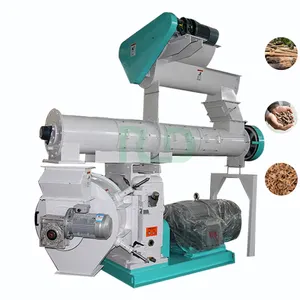


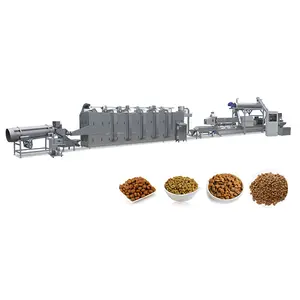



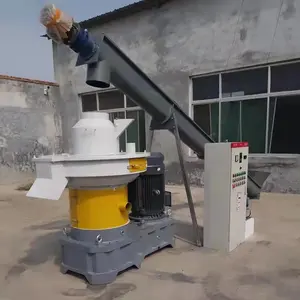





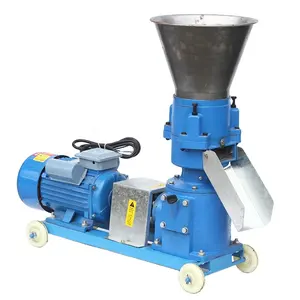

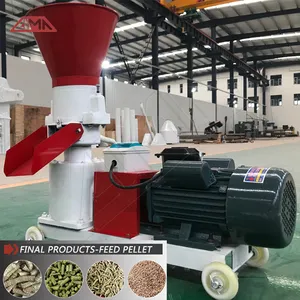








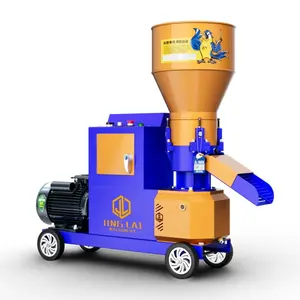
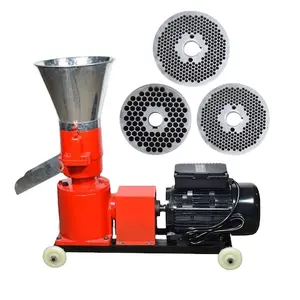













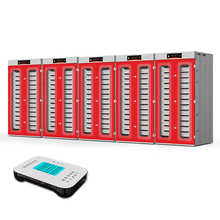
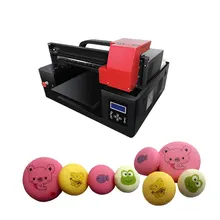




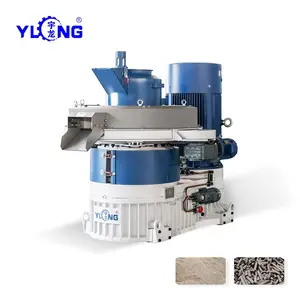






























 浙公网安备 33010002000092号
浙公网安备 33010002000092号 浙B2-20120091-4
浙B2-20120091-4